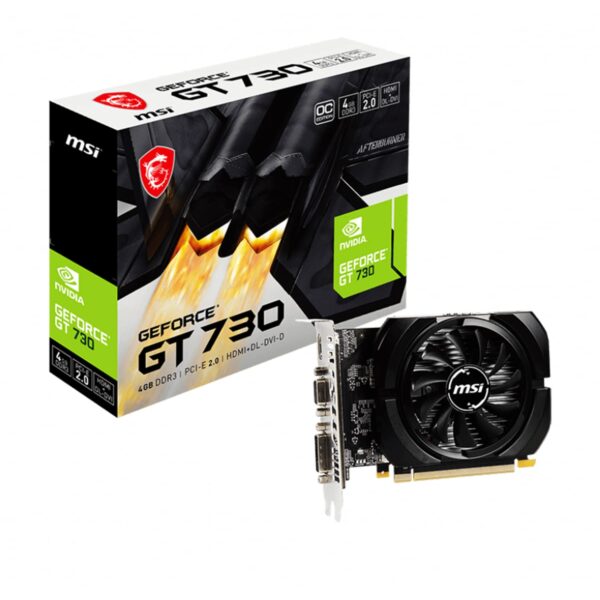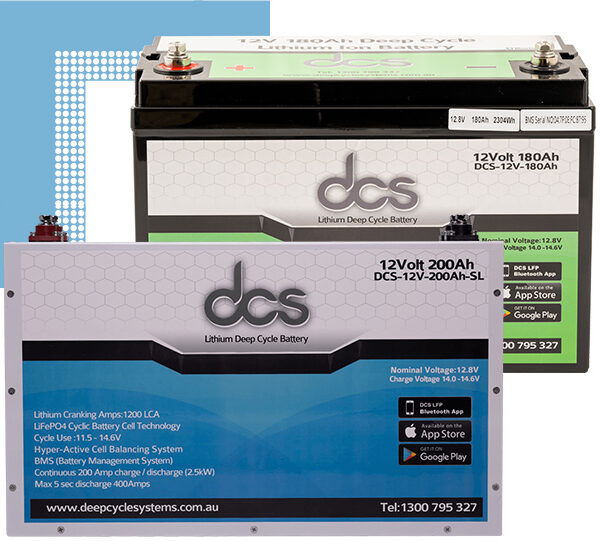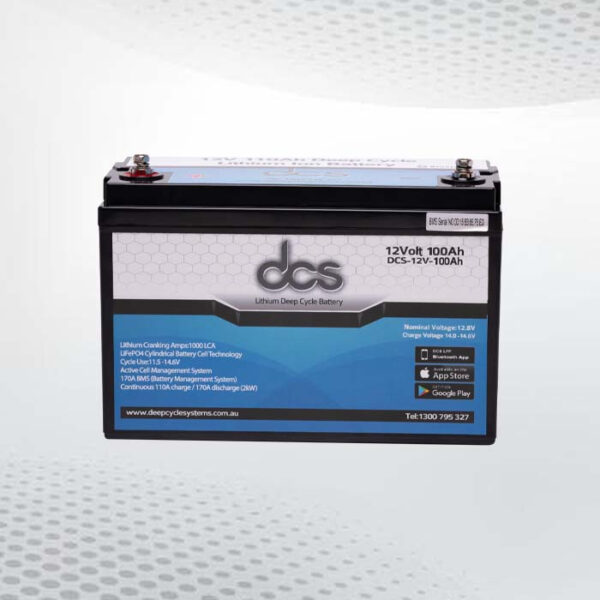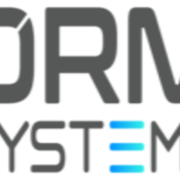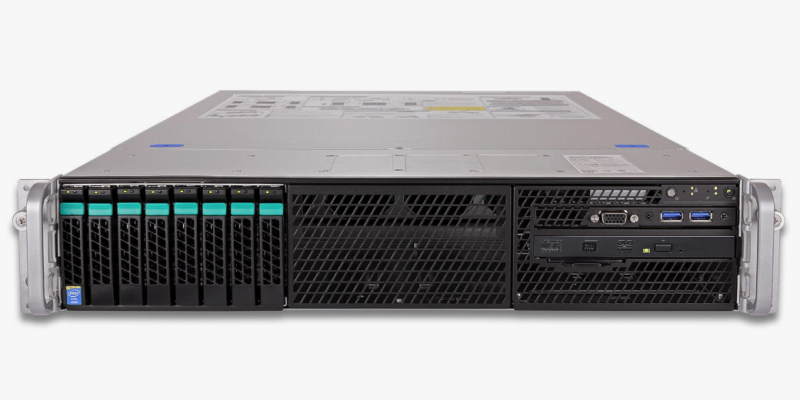
As data generation and storage requirements grow, modern data centers are evolving rapidly to meet growing demands. In this setting, servers are crucial to their efficiency, performance, and reliability.
One of the most reliable names is Intel servers, which have emerged as a key solution for modern data centers. These servers are renowned for their performance, scalability, and energy efficiency.
These server systems provide a solid foundation for the infrastructure that powers everything from cloud computing to big data analytics.
Let’s discuss seven key advantages of these servers for modern data centers.
1. Exceptional Processing Power and Performance
One of the most significant advantages of Intel server is their exceptional processing power. Data centers require powerful processors capable of handling large workloads efficiently, and Intel has consistently delivered in this regard.
Intel’s Xeon Scalable Processors, widely adopted in modern data centers, are designed to provide high performance for diverse workloads. Whether a data center runs enterprise applications, AI-driven workloads, or massive data analytics operations, these servers can meet the requirements.
How Intel Ensures High Performance:
- Multicore Architecture: Intel Xeon processors feature multicore architectures, which allow multiple tasks to be processed simultaneously. This parallel processing capability is essential for data centers that deal with resource-intensive applications like artificial intelligence and machine learning.
- Hyper-Threading Technology: Intel’s hyper-threading technology enables each processor core to handle two threads simultaneously, maximizing CPU utilization. As a result, data centers can process more tasks in less time, increasing throughput and efficiency.
2. Scalability to Meet Growing Demands
Data centers must scale rapidly to meet evolving business and technological needs. Intel servers are built with scalability in mind, providing the flexibility to expand computational capacity and storage as demands increase.
Intel’s Approach to Scalability:
- Modular Design: These servers feature a modular design that allows data center administrators to add more processing units, memory, or storage without overhauling the entire infrastructure. This reduces downtime and keeps costs manageable while scaling the data center’s capabilities.
- Support for Large Memory: Intel Xeon Scalable processors support large amounts of memory, allowing modern data centers to handle more extensive databases and memory-intensive applications.
3. Energy Efficiency and Reduced Operating Costs
Energy consumption is a significant concern for modern data centers. High power connot only leads to increased operationand but also has environmental implications.
Key Energy-Efficient Features of Intel Servers:
- Intel Speed Shift Technology: This technology dynamically adjusts processor performance to match workload demands. Itres that power is used efficiently, with processors only operating at maximum capacity when needed, reducing energy wastage.
- Intel Power Tuning: By monitoring the power consumption of the entire server, Intel Power Tuning enables more efficient power distribution across the data center.
4. Advanced Security Features
As cybertinue to grow in complexity and frequency, data security has become a top priority for data centers. These servers come equipped with advanced security features that ensure data integrity and protect against attacks.
How Intel Servers Enhance Security:
- Intel® Software Guard Extensions (SGX): This feature provides hardware-based memory encryption that isolates specific application code and data. Even if an attacker gains access to the system, the sensitive information stored in protected enclaves remains secure.
- Intel® Trusted Execution Technology (TXT): Intel TXT provides hardware-based security to create a trusted environment for mission-critical applications. This technology ensures that the server’s operating system and applications are running securely and trustworthy.
5. Optimized for Virtualization and Cloud Workloads
In the era of cloud computing and virtualization, data centers must be able to manage virtualized environments effectively. These smart servers are optimized to handle virtualization workloads efficiently, making them ideal for data centers that rely on cloud-based applications or offer infrastructure-as-a-service (IaaS) solutions.
How Intel Supports Virtualization:
- Intel® Virtualization Technology (VT): Intel VT improves the efficiency of virtualized environments by offloading certain virtualization processes to the hardware, reducing the overhead on the host system. This results in faster and more efficient virtualization, enabling data centers to run multiple virtual machines on a single server without performance degradation.
- Cloud-Ready Architecture: Intel Xeon Scalable processors are designed for cloud-native workloads, providing the necessary performance and scalability to run complex cloud applications. Data centers can deploy Intel-based servers to support private, public, or hybrid cloud environments, ensuring seamless cloud operations.
6. AI and Machine Learning Optimization
As artificial intelligence and machine learning applications become more prevalent across industries, data centers are increasingly tasked with handling complex AI workloads. Intel servers are equipped with features that optimize them for AI and machine learning, making them a valuable asset for modern datathataiming to leverage AI technologies.
Intel’s AI Capabilities:
- Intel® Deep Learning Boost: This set of AI-focused instructions enables these servers to accelerate deep learning tasks. These servers can handle complex neural networks more efficiently, reducing the time and resources required to train AI models by optimizing the hardware for AI inferencing.
- Optimized AI Frameworks: Intel-powered servers are compatible with major AI frameworks, such as TensorFlow, PyTorch, and Caffe. These optimizations ensure that data centers running AI workloads can fully utilize Intel’s processing power and AI acceleration features.
7. Comprehensive Ecosystem Support and Innovation
Intel’s success in the data center market t just to its powerful haand to its commitment to building a comprehensive ecosystem that supports ongoing innovation. This ecosystem includes robust software support, partnerships, and a commitment to open standards.
Intel’s Ecosystem Advantages:
- Intel OneAPI: Intel OneAPI is a unified programming model that simplifies the development of applications across different hardware architectures, including CPUs, GPUs, and FPGAs. This flexibility allows data centers to optimize their workloads for various platforms without being tied to specific hardware.
- Broad Partner Network: Intel has established strong partnershipers in storage, networking, and s industry leadersoftware. This broad ecosystem ensures that data centers using Intel-powered servers have access to best-in-class solutions across the entire IT infrastructure stack.
Conclusion
Intel-powered servers provide a comprehensive, high-performance solution for modern data centers. They deliver advantages ranging from exceptional processing power to advanced AI capabilities. With robust scalability, energy efficiency, enhanced security, and deep virtualization support, Intel servers are designed to meet the diverse and ever-growing needs of data centers worldwide.



